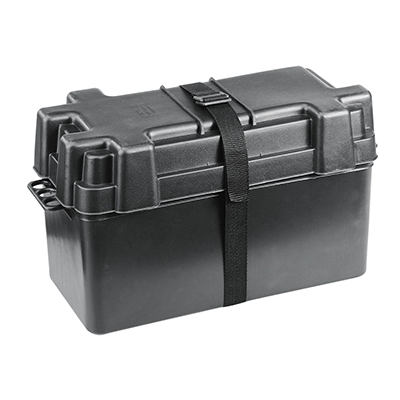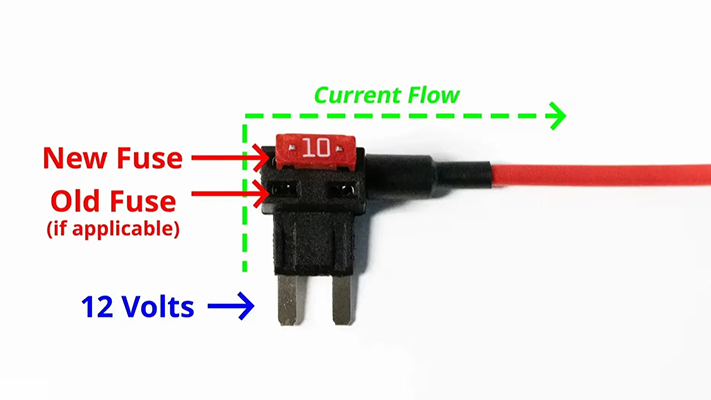Innovative Thermal Management Strategies for Battery Systems in Hybrid Electric Vehicles to Boost Efficiency and Durability
News 2025-10-20
In the realm of hybrid electric vehicles, thermal management of car battery boxes plays a pivotal role in maintaining system reliability and performance. Hybrid vehicles integrate both combustion engines and electric motors, leading to complex heat generation that can compromise battery health. Effective thermal control systems mitigate risks such as overheating, which accelerates degradation and reduces energy storage capacity. By regulating temperatures, these systems ensure batteries operate within optimal ranges, enhancing vehicle longevity and reducing maintenance costs. This approach is essential as the automotive industry shifts towards electrification, demanding robust solutions to handle varying operational demands.

Key Components of Thermal Management Systems
Thermal management systems for hybrid vehicle battery boxes typically include several critical elements designed for precise heat regulation. Cooling mechanisms, such as liquid-based circuits or air ventilation systems, dissipate excess heat generated during high-demand driving conditions. Advanced sensors monitor temperature and humidity in real-time, feeding data to control units that adjust cooling intensity. Additionally, phase change materials and insulating barriers help maintain stable internal environments, preventing thermal runaway scenarios. These components work synergistically to protect sensitive battery cells, ensuring consistent performance across diverse climates and usage patterns.
Practical Applications in Hybrid Vehicles
In hybrid vehicles, thermal management systems are applied in various real-world scenarios to optimize battery function. For instance, during stop-and-go city driving, frequent acceleration and deceleration cycles produce intense heat, necessitating active cooling to preserve battery efficiency. In long-distance highway travel, systems adapt to sustained loads by balancing heat dissipation with energy conservation. Moreover, in extreme weather conditions, such as cold winters or hot summers, these systems activate heating or cooling modes to maintain ideal battery temperatures, supporting reliable electric motor assistance and overall fuel economy improvements.
Performance Advantages and System Benefits
Implementing advanced thermal management in hybrid vehicle battery boxes yields significant performance gains. By minimizing temperature fluctuations, these systems extend battery lifespan, potentially reducing replacement costs over the vehicle’s lifecycle. Enhanced thermal control also improves energy efficiency, allowing batteries to deliver higher power outputs with less waste heat, which translates to better fuel economy and lower emissions. Safety is another key benefit, as effective heat regulation prevents issues like cell swelling or fires, meeting stringent automotive standards and boosting consumer confidence in hybrid technology.
Frequently Asked Questions
1. What is thermal management in battery systems?
It involves controlling the temperature of battery components to ensure safe and efficient operation, using methods like cooling and heating.
2. Why is it crucial for hybrid vehicles?
Hybrid vehicles generate varied heat levels from combined power sources, making thermal management essential for maintaining battery performance and preventing failures.
3. What are common thermal management techniques?
Techniques include liquid cooling, air circulation, and phase change materials to regulate heat and protect battery integrity in automotive applications.


